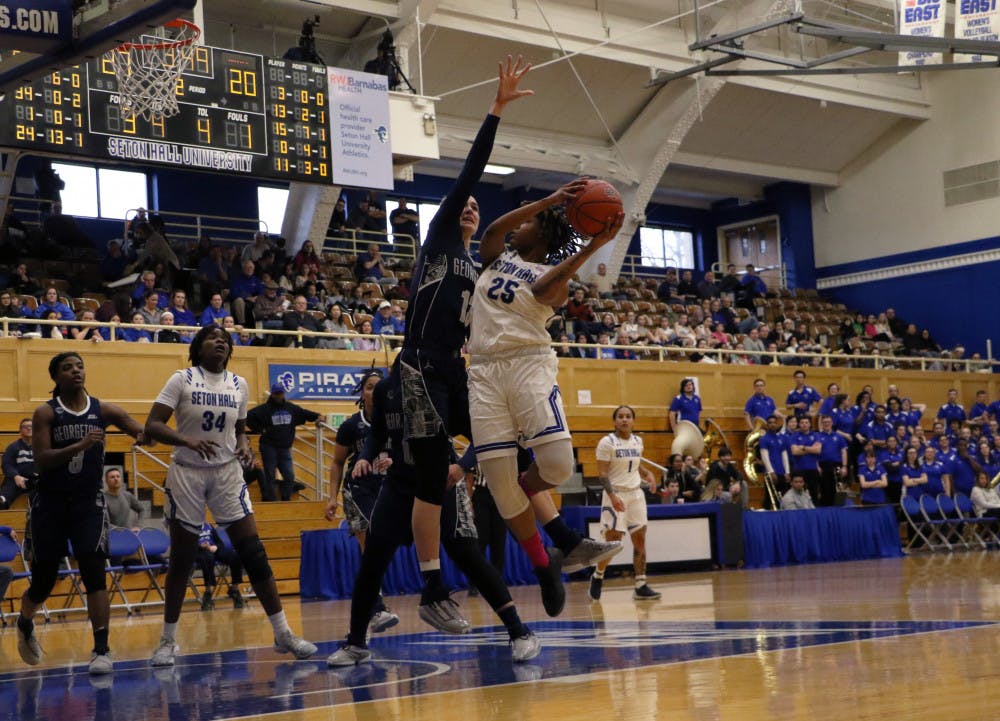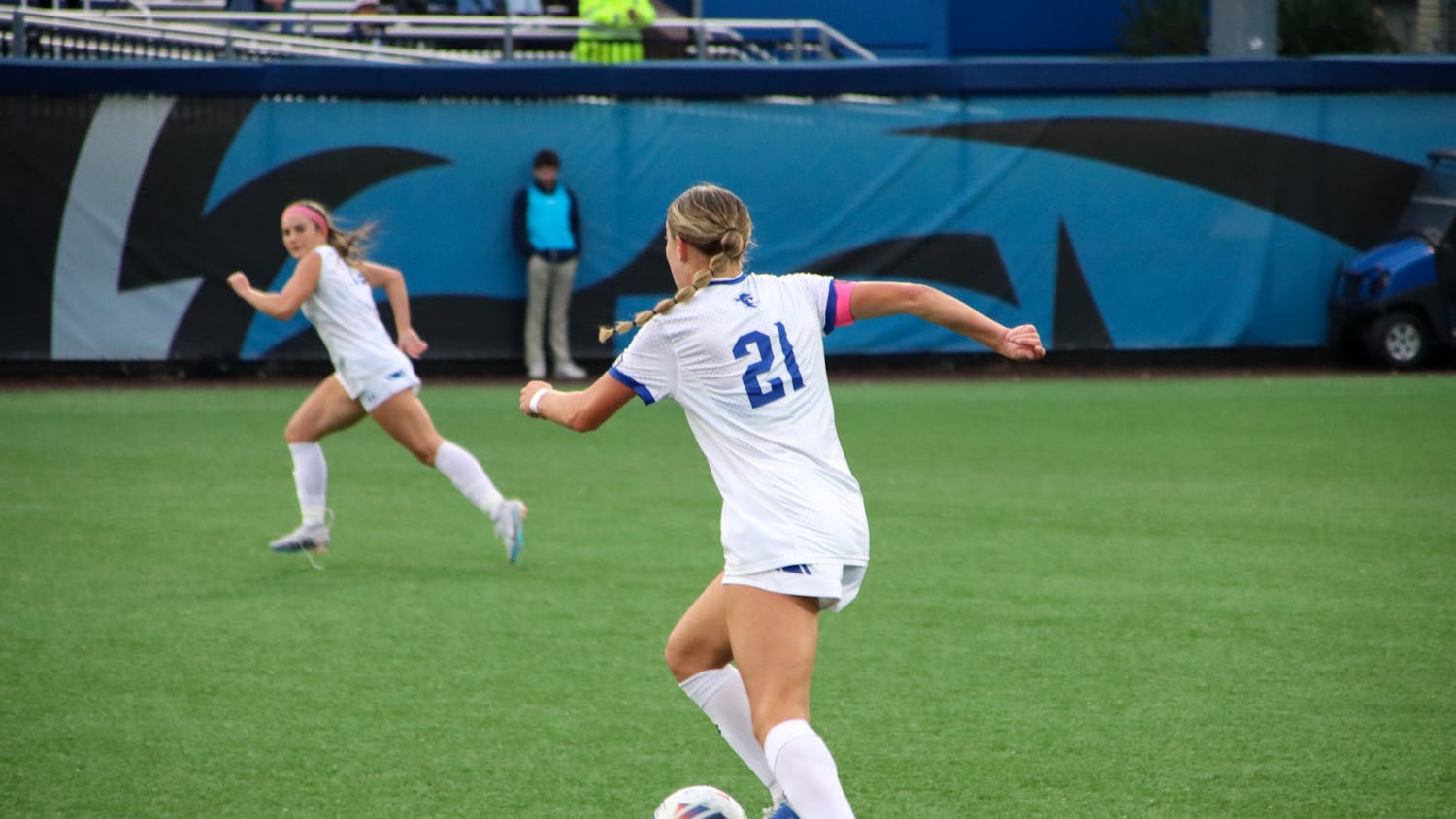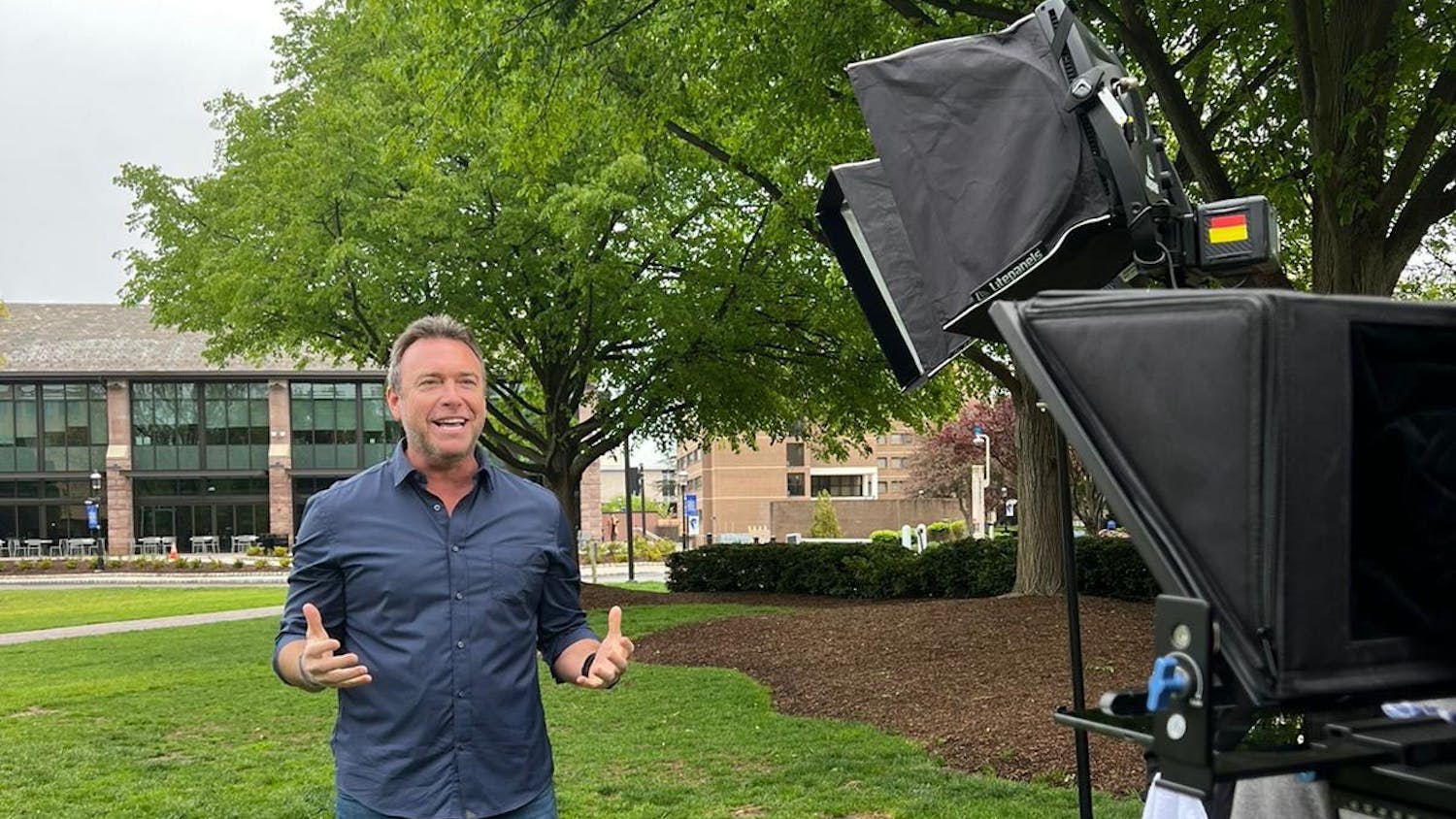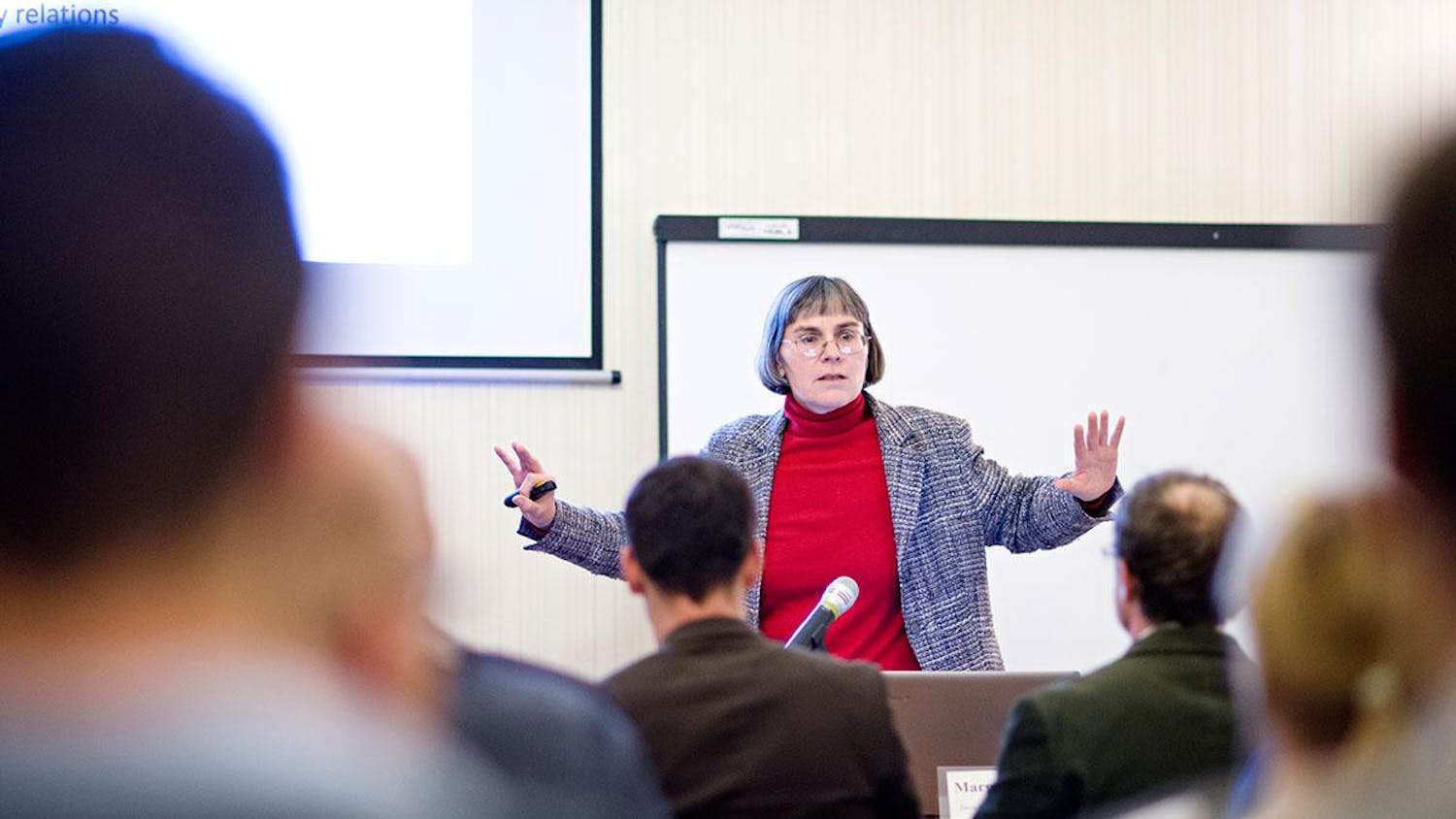It may seem impossible to capture the magnitude of a 624 page novel in a 115 minute long film, but director Cary Joji Fukunaga has certainly come close with her adaptation of "Jane Eyre."
Fukunaga is not the first to attempt to reincarnate the beauty and intrigue of Charlotte Brontë's "Jane Eyre." For the past 101 years, film and television directors alike have been entranced by the story and have strived to emulate the magnificence of Brontë's romance in a medium the author herself could scarcely have imagined.
There have been 22 adaptations of "Jane Eyre" dating as far back as 1910, most of which have missed the mark. Now, nearly a century later, it seems as though one director has finally come close to hitting that bull's eye.
So what exactly does it take to make a film like "Jane Eyre" a success? Is it complete orthodoxy to the text, a thoughtful interpretation or a combination of the two?
Karen Gevirtz, an English professor at Seton Hall, said that an adaptation of a story like "Jane Eyre" calls for deep exploration that goes beyond the words themselves.
"It requires really careful reading and thinking, reading and thinking that attends to what is in the text and not just to what we want the text to say for us as viewers, a culture, a film director, a screenplay adaptor or a movie studio," she said. "Reading in the expectation that something will speak in a certain way or on a certain subject usually gets us into trouble."
It would be impossible to create a film that includes each intricate detail that makes the novel "Jane Eyre" such a masterpiece, but Fukunaga seems to have paid the type of close attention to the text that Gevirtz recommends.
Part of what makes "Jane Eyre" such an intoxicating read is the way Brontë interweaves elements of gothic literature with those of a Victorian romance, and that is the great triumph of Fukunaga's film as well.
Brontë manages to mix the tragic and frightening parts of Jane Eyre's life with the beautiful and poetic. However, there are certain respects in which Fukunaga's version falls short.
One of the most rewarding parts of reading "Jane Eyre" is the way the autobiographical tone of Jane's narrative pulls you into the dramatic twists and turns in the life of this small, prudish governess. It is a deeply personal work of fiction that enables readers to feel Jane's passion for Mr. Rochester and fear as her spiteful aunt locks her in the foreboding "red room."
Without the eloquence of Jane's first person narrative, these sensations are often lost in the film. However, a legacy of 22 adaptations over the span of 101 years certainly demonstrates that there is a sort of magnetism about "Jane Eyre" that keeps pulling people back to it.
Gevirtz offers insight into what exactly it is that makes "Jane Eyre" resonate into the 21st century.
"Plenty of us struggle with the difference, sometimes seemingly insurmountable, between our aspirations and our situation, as Jane Eyre does," she said. "That moment when Rochester offers her not just love, but wealth and passion, in exchange for her integrity—I suspect a lot of people could recognize the conflict, whether they see it as Jane's or Rochester's or both: what am I willing to give up in order to get something I desperately want?"
The conflicts, challenges and triumphs in "Jane Eyre" have a sort of universality that holds true to this day. Despite the differences in clothing, culture and circumstance, there is an essential human element behind the experience of fear, love and jealousy so poignantly captured in both the original novel and Fukunaga's latest film version. This continues to move audiences and bind them to Jane's story.
Emily Lake can be reached at emily.lake@student.shu.edu.





